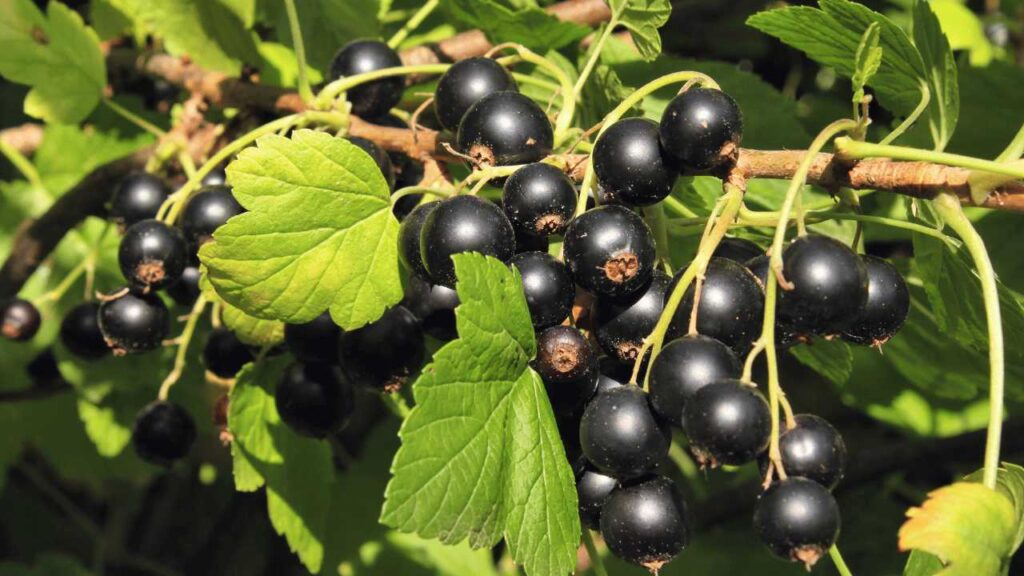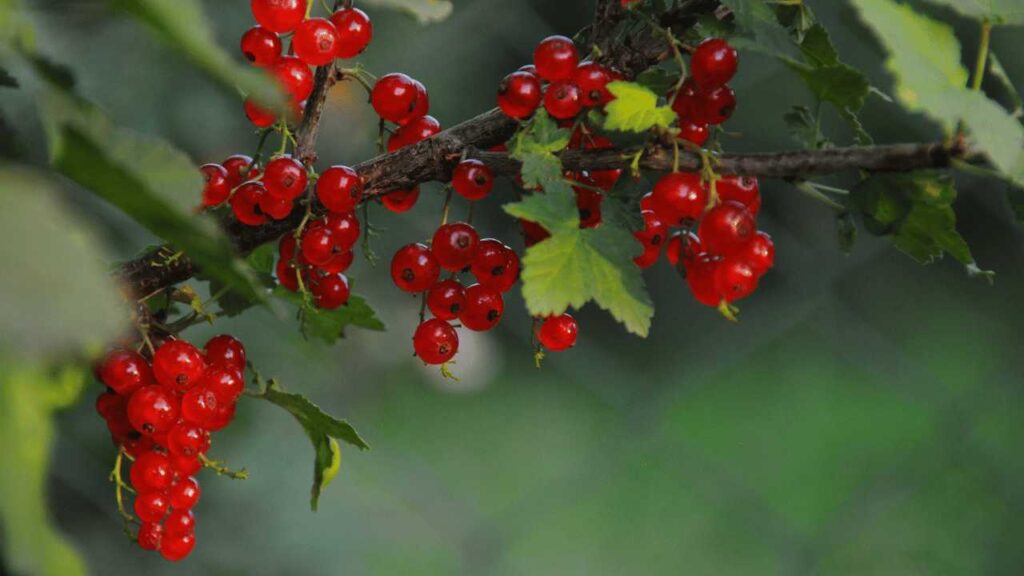What is Currant Fruit?
What is Currant Fruit? When we talk about currant fruit, we are referring to a small, tart berry that comes in different colors like red, black, or white. These berries are often used in cooking, baking, and making jams or jellies, and have a tangy flavor that can add a nice touch to various dishes. Currant fruit is known for being rich in vitamin C and antioxidants, making it a healthy choice. It is important to note that currant fruit should not be confused with dried currants, which are small, dried grapes. I hope that clears things up.

How Current Fruit Grow?
Currant fruit grows on small shrubs or bushes that are part of the Ribes genus. These plants are typically deciduous, meaning they lose their leaves in the winter. Currant bushes prefer cool climates and are often found in regions with temperate weather.
The plants produce clusters of berries that ripen in the summer months. The berries start off as small, green fruits and gradually change color as they mature. Depending on the variety, currant berries can be red, black, or white.

Currant bushes require well-drained soil and partial shade, although they can tolerate some sun. They also benefit from regular pruning to maintain their shape and promote healthy growth.
If you are interested in growing currant fruit, consider planting a currant bush in your garden or containers if space is limited. It can be a fun and rewarding experience to grow your own delicious currant berries.
Cultivation Of Currant
Currant fruit is grown in various countries around the world, including the United States, Canada, Russia, Germany, Poland, and the United Kingdom. These countries have suitable climates and conditions for currant bushes to thrive. In the United States, states like Oregon, Washington, and New York are known for their currant production. In Europe, countries like Poland, Germany, and the UK have a long history of growing currants.
Additionally, currant bushes can also be found in other regions such as Asia and South America. The specific varieties and availability may vary depending on the country and region. If you are interested in trying currant fruit, you might be able to find them at local markets or consider growing your own if the climate allows. Enjoy exploring the delicious world of currants.
Types Of Currant
There are several types of currants, each with its own unique characteristics. Here are some common types of currants:
- Red Currants: These are the most common type of currants and have bright red berries. They have a tart flavor and are often used in jams, jellies, and desserts.
- Black Currants: Black currants have dark purple to black berries and are known for their intense flavor. They are often used in juices, syrups, and baked goods.


- White Currants: White currants have translucent berries that are often mistaken for grapes. They have a milder flavor compared to red or black currants and are great for eating fresh or using in desserts.
- Pink Currants: Pink currants are a variation of red currants and have pinkish-red berries. They have a slightly sweeter taste compared to red currants.
These are just a few examples, but there are other varieties of currants out there too. It’s always fun to explore the different flavors and uses of each type of currant.
Benefits Of Currant
Currants have a range of benefits that make them a great addition to a healthy diet. Here are some benefits of currants:
- Nutrient-rich: Currants are packed with essential vitamins and minerals, including vitamin C, vitamin K, potassium, and antioxidants. These nutrients contribute to overall health and well-being.
- Immune-boosting: The high vitamin C content in currants helps support a healthy immune system, which is important for fighting off illnesses and infections.
- Heart-healthy: Currants are low in fat and cholesterol-free, making them a heart-healthy choice. The antioxidants found in currants may also help reduce the risk of heart disease.
- Anti-inflammatory properties: Some studies suggest that the antioxidants in currants may have anti-inflammatory effects, which can benefit overall health and potentially reduce the risk of chronic diseases.
- Digestive health: Currants are a good source of dietary fiber, which aids in digestion and promotes a healthy gut.
Remember, it is always a good idea to enjoy currants as part of a balanced diet.
Dishes Of Currant
Currants are a versatile ingredient that can be used in a variety of dishes. Let’s take a look at some famous dishes that feature currants:
- Currant Scones: Traditional scones often include currants, which add a burst of fruity flavor to the buttery pastry.
- Currant Jam: Currants are commonly used to make delicious jams and jellies, which can be spread on toast, used as a filling in pastries, or even paired with cheese.
- Currant Buns: Currant buns are a classic British treat typically enjoyed during Easter. These sweet, spiced buns are studded with currants and often topped with a cross made of icing.
- Currant Couscous: Adding currants to couscous dishes provides a hint of sweetness and texture to the savory grain.
- Currant Cake: Currants are a popular addition to cakes, adding a delightful burst of flavor. They can be used in various types of cakes, such as fruit cakes or tea cakes.
These are just a few examples, but there are many more ways to incorporate currants into your culinary adventures.
Side Effects Of Currant
While currants are generally safe to consume, there are a few potential side effects to be aware of:
- Allergic reactions: Some individuals may be allergic to currants or other fruits in the same family. If you have a known allergy to berries or have experienced allergic reactions in the past, it’s best to avoid currants.
- Digestive issues: Eating a large amount of currants may cause digestive discomfort for some people, such as bloating, gas, or diarrhea. It’s always a good idea to consume them in moderation.
- Interactions with medication: If you’re taking any medications, it’s important to check with your healthcare provider or pharmacist to make sure there are no interactions between the medication and currants.